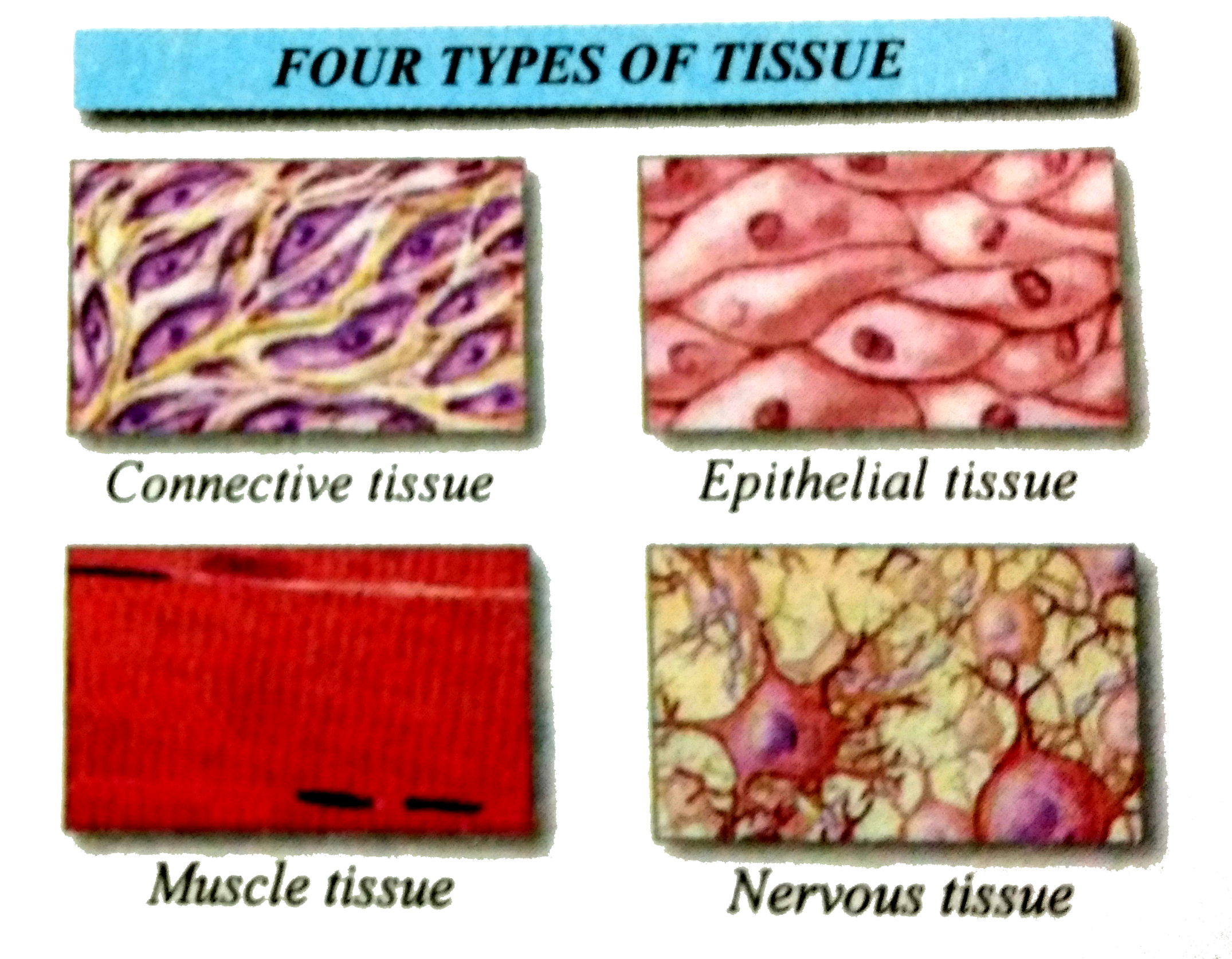Answer the questions in respect to areolar tissue :
What is the function of this tissue?
Step-by-Step Solution:
1. Understanding Areolar Tissue:
- Areolar tissue is classified as a loose connective tissue. It is the most widely distributed type of connective tissue in the body.
2. Location of Areolar Tissue:
- This tissue is found in various locations throughout the body, including beneath the skin, surrounding blood vessels, lining lymph vessels, and around organs in the abdomen.
3. Composition of Areolar Tissue:
- Areolar tissue is composed of several types of cells, including macrophages, mast cells, and fibroblasts. These cells play different roles in the function of the tissue.
4. Functions of Areolar Tissue:
- Support and Binding: It holds organs in place and attaches epithelial tissues to underlying structures.
- Reservoir Function: Areolar tissue serves as a reservoir for water and salts, allowing it to absorb and release nutrients and fluids to surrounding tissues as needed.
- Protection: It provides cushioning and protection to organs and tissues.
5. Conclusion:
- The primary functions of areolar tissue include providing support and attachment for organs and tissues, acting as a reservoir for nutrients and fluids, and offering protection.
- Areolar tissue is classified as a loose connective tissue. It is the most widely distributed type of connective tissue in the body.
- This tissue is found in various locations throughout the body, including beneath the skin, surrounding blood vessels, lining lymph vessels, and around organs in the abdomen.
- Areolar tissue is composed of several types of cells, including macrophages, mast cells, and fibroblasts. These cells play different roles in the function of the tissue.
- Support and Binding: It holds organs in place and attaches epithelial tissues to underlying structures.
- Reservoir Function: Areolar tissue serves as a reservoir for water and salts, allowing it to absorb and release nutrients and fluids to surrounding tissues as needed.
- Protection: It provides cushioning and protection to organs and tissues.
- The primary functions of areolar tissue include providing support and attachment for organs and tissues, acting as a reservoir for nutrients and fluids, and offering protection.
Topper's Solved these Questions
- BOOK - CBSE COMPLEMENTARY MATERIALCHAPTER - PRACTICE PAPER 1EXERCISE - SECTION D2videos
PRACTICE PAPER 1
- BOOK - CBSE COMPLEMENTARY MATERIALCHAPTER - PRACTICE PAPER 1EXERCISE - SECTION E2videos
PRACTICE PAPER 1
- BOOK - CBSE COMPLEMENTARY MATERIALCHAPTER - PRACTICE PAPER 1EXERCISE - SECTION B8videos
PRACTICE PAPER 1
- BOOK - CBSE COMPLEMENTARY MATERIALCHAPTER - PLANT KINGDOMEXERCISE - Long answer question1videos
PLANT KINGDOM
- BOOK - CBSE COMPLEMENTARY MATERIALCHAPTER - PRACTICE PAPER 2EXERCISE - SECTION ‘B’18videos
PRACTICE PAPER 2
Similar Questions
Knowledge Check
- Question 1 - Select One
Areolar tissue joins
AIntegument to muscleBBone to muscleCBone to boneDFat body to muscle
What is tissue? What are the functions of tissue?
View SolutionWhat is the function of meristematic tissue?
View SolutionWhat are the functions of areolar tissue?
View SolutionWhat is tissue? Which are the functions of tissue?
 View Solution
View SolutionWhat is tissue? Which are the functions of tissue?
View SolutionWhat are the functions of areolar tissue ?
View SolutionWhat are the main functions of nervous tissue ?
View Solution

